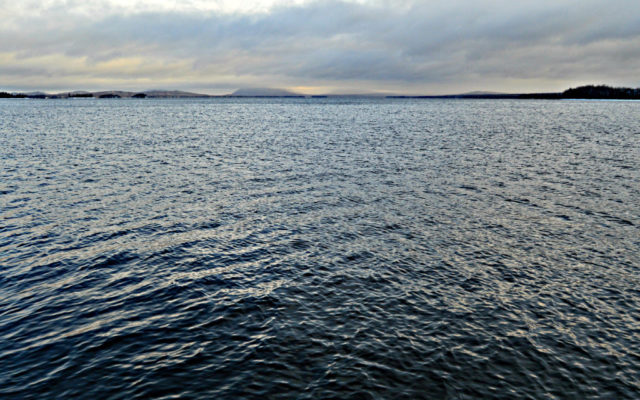
New fishing regulations for 2020
With New Year’s, this is a good time to look at a couple of new regulations that will go into effect when the clock strikes midnight.
Last year I wrote about some of the changes we were seeing in the lake trout population at Allagash Lake. For example, we trapnetted the lake in the fall of 2018 and sampled over 200 lake trout. They were not very impressive. We didn’t get any really big fish in our nets like we had seen in the past, and they looked skinny overall.
The Allagash Waterway Rangers collected data on angler use at Allagash Lake in 2019. We estimated just over 200 angler days of fishing for the ice fishing season, which in this case was just the month of February. In the past, our angler estimates were generally in the 500-600 angler day range. Unfortunately, this is a scenario we have seen play out on many waters recently. There is a decline in angler use, therefore the number of fish removed is lower, and soon growth declines because there are more mouths to feed.
We made a few regulation changes at Allagash Lake starting in 2020 in an effort to get ahead of the problem. First, we eliminated the special February only ice fishing season. The lake opened on Jan. 1 and 2ill remain open under the General Law provisions for the ice fishing season.
We also eliminated the two-line limit. Most anglers that travel to Allagash Lake are looking for brook trout. It is a great place to fish for brookies. We hope that by increasing the number of lines allowed and keeping the same two trout limit, it will encourage anglers to put a few lines out deeper for lake trout. We really want anglers to take a few lakers home with them.
One important word of caution: The no live fish as bait (NLFAB) regulation is still in effect at Allagash Lake (and also Lobster Lake). This year we made all waters in the northern zone NLFAB as part of the General Law. Therefore, you will not see an S-code that specifies NLFAB on these waters. Don’t get confused. We will apply an S-code to the waters that allow the use of live fish as bait.
We also made a regulation change this year at Big Houston Pond just outside of Brownville. After getting a number of complaints/comments from anglers over the past few years, we checked anglers coming off the ice on Big Houston Pond last winter. We implemented a 23-inch minimum length limit on lake trout on the pond many years ago in an attempt to maintain the quality fishery. It didn’t really work out quite the way we hoped. Last winter, anglers reported handling 73 lake trout and only two were legal fish. Most of the 71 sublegal fish were in the 18-21 inch range but that is not really a high-quality fishery and anglers were a little frustrated. Rightly so.
It appears the smelt population is waning as well. Sunfish are the predominant forage fish found in the lake trout stomachs. Starting in 2020, the minimum length limit on lake trout will be 18 inches. The bag limit will remain at one fish and the pond is still open only in the month of February. Big Houston Pond is just under 700 acres. It’s not a large water by lake trout standards, so the population is not large. The lake is tough to access in both the summer and winter; therefore, we don’t see a lot of fishing pressure on this pond. But allowing the removal of fish in the 18-22 inch range could improve growth, and at a minimum, make for a better fishing trip for those that do make the effort.